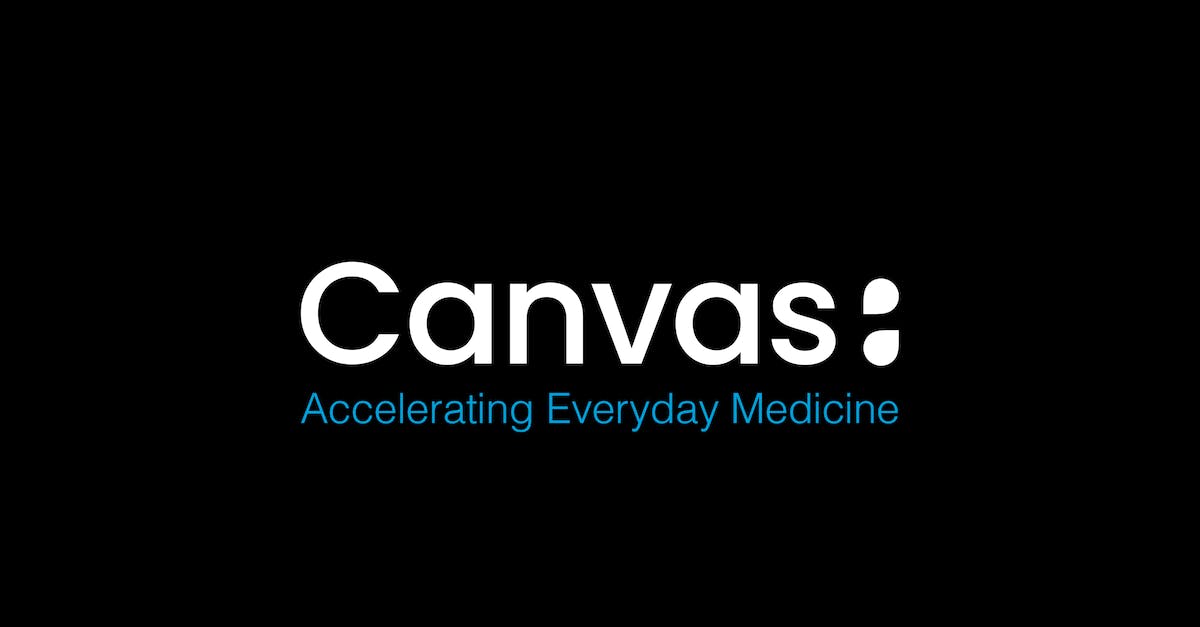We’ve reached an inflection point in healthcare’s adoption curve for AI. It’s clear that AI, when used safely, can improve clinician efficiency and patient satisfaction and generate real positive ROI. We can thank 2024’s explosive growth in AI scribes for accelerating the adoption curve and helping healthcare AI cross the chasm.
Canvas recently announced our first major AI application, Hyperscribe, which goes beyond voice to text to capture structured data and take action with full context of the patient’s medical record in the Canvas EMR. This is exciting, as it will improve our customer’s ability to safely implement AI directly within the clinical workflow and position Canvas as the platform for our customers to buy work from healthcare agents.
There’s much more coming, all of it made possible with the Canvas SDK and our composable user interface for clinicians. Sometimes, as with Hyperscribe, we will integrate LLMs directly into our customer experience. But often our approach will be to partner with others, through our marketplace of Extensions, where we will bring agents to market with deep prebuilt integration into Canvas using the SDK.
All of this will change what our customer expects from Canvas, and how they will pay for their subscription. Canvas has already moved away from the seat-based model that most legacy EMRs charge, instead basing price on our customer’s Monthly Active Patients. Over the next year, we expect to evolve again. Many others have written about how AI adoption will change pricing for software businesses when products no longer support an end user’s workflow (corresponding to seat licenses), but actually complete the work itself (corresponding to outcomes). This will be the case with Canvas.
The good news is that other software companies are already adapting to this new buyer behavior, developing credit based systems for pricing which we can learn from. Clay uses credits to meter AI-powered prospecting workflows, like enrichment or email generation. Snowflake has long employed a credits system to charge for compute and storage separately, now extending it to AI workloads through Snowpark. OpenAI uses a credits-based model for API access, where developers are charged per token generated or processed, allowing flexible scaling across use cases. And Salesforce, with its new Einstein Copilot and Agentforce offerings, applies credits-based pricing for AI usage within CRM workflows, enabling customers to pay only for the AI interactions they actually use.
Over the coming months, as Canvas begins to roll out more pre-built agent integrations, we will refine our own credits based pricing system. Our contracts with new and renewing customers will transition away from MAPs and towards credits as the primary unit in our pricing plans. Upon request we will still offer Enterprise-level licenses based on MAPs or total users, but as a first principle we will focus our pricing terms on credit consumption, tied to outcomes our customers achieve through Canvas. Credits correspond to measurable effects in the SDK. Meaning, when a customer is automating work using the Canvas SDK and generating a measurable effect, they’ll consume credits. In doing so, we will tie our pricing directly to improved efficiency and cost savings for our customers.
As with everything we do at Canvas, we will work out in the open, publishing more detail on our credits system when it’s ready, and providing our customers with benchmarks comparing their total cost of Canvas ownership to their alternatives. We've heard our customers, loud and clear, that now is the time to bring agents and AI into Canvas to accelerate their success. We're looking forward to working with these clinicians and operators to build the future of everyday medicine.

